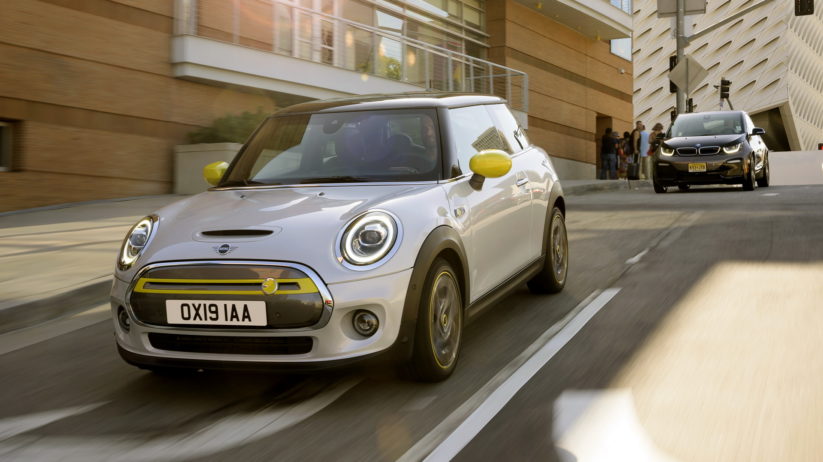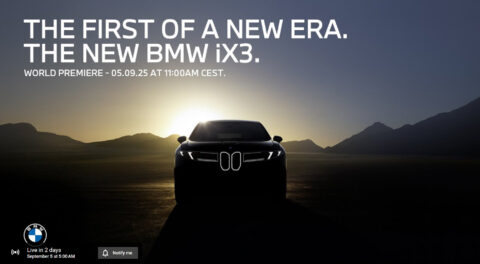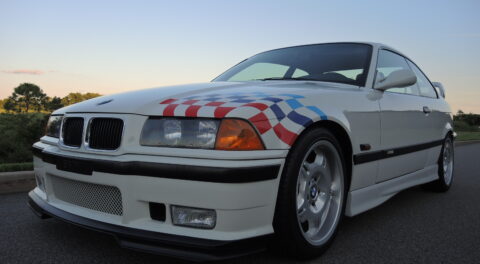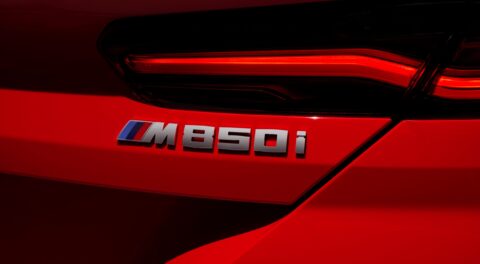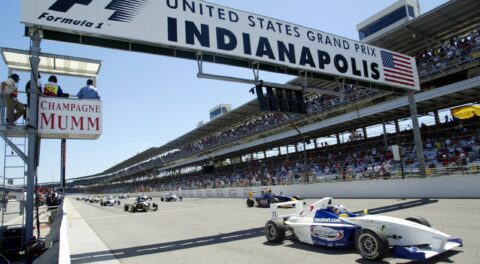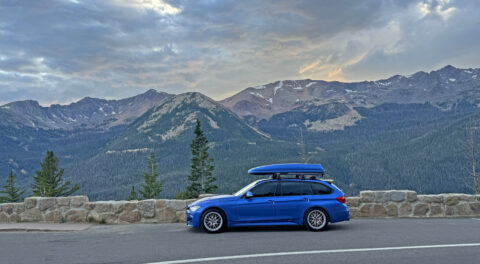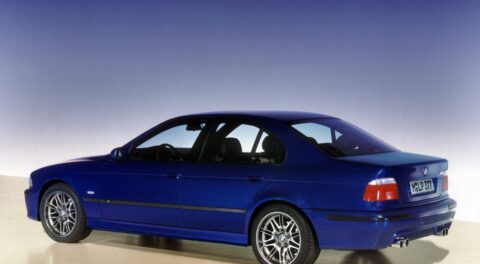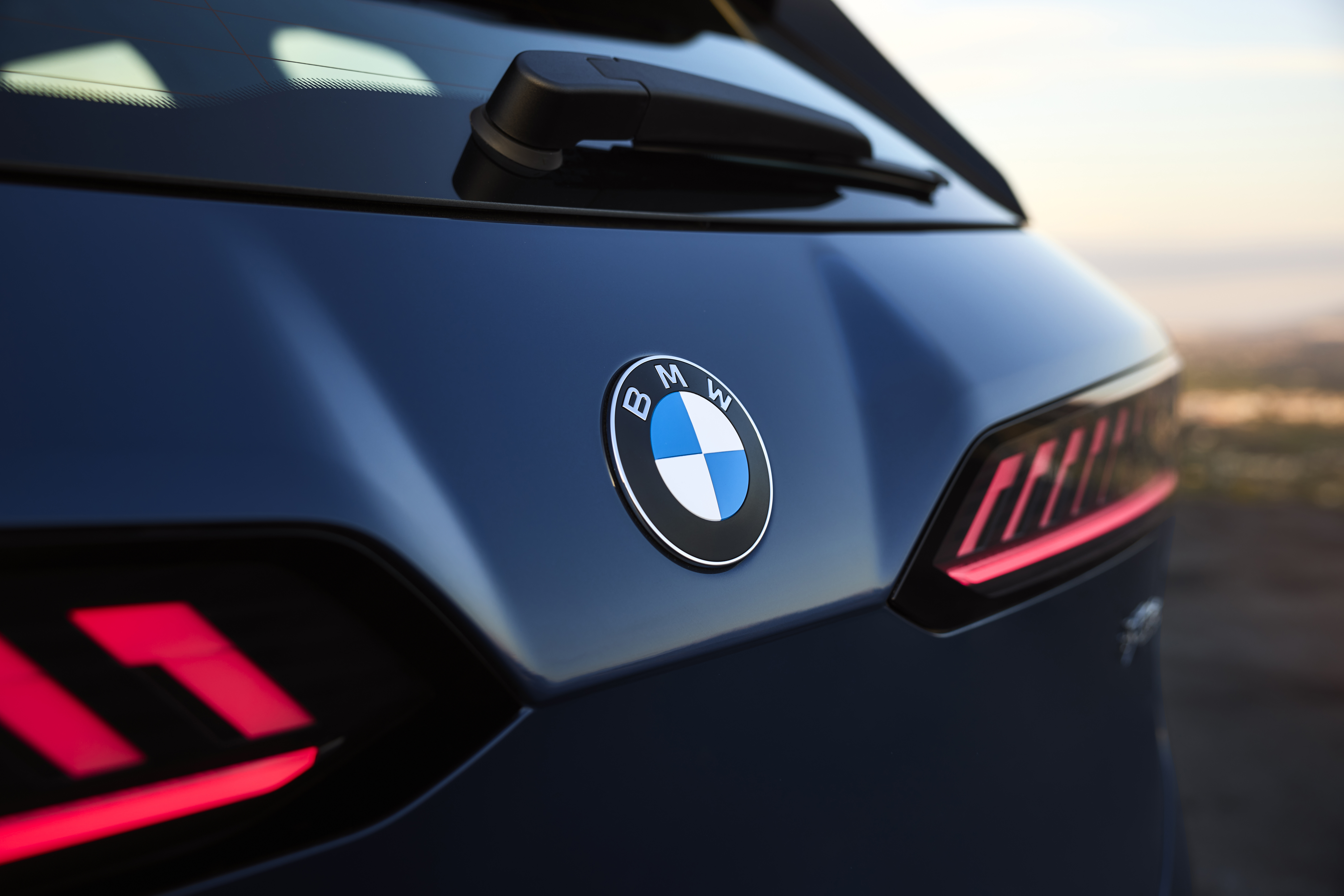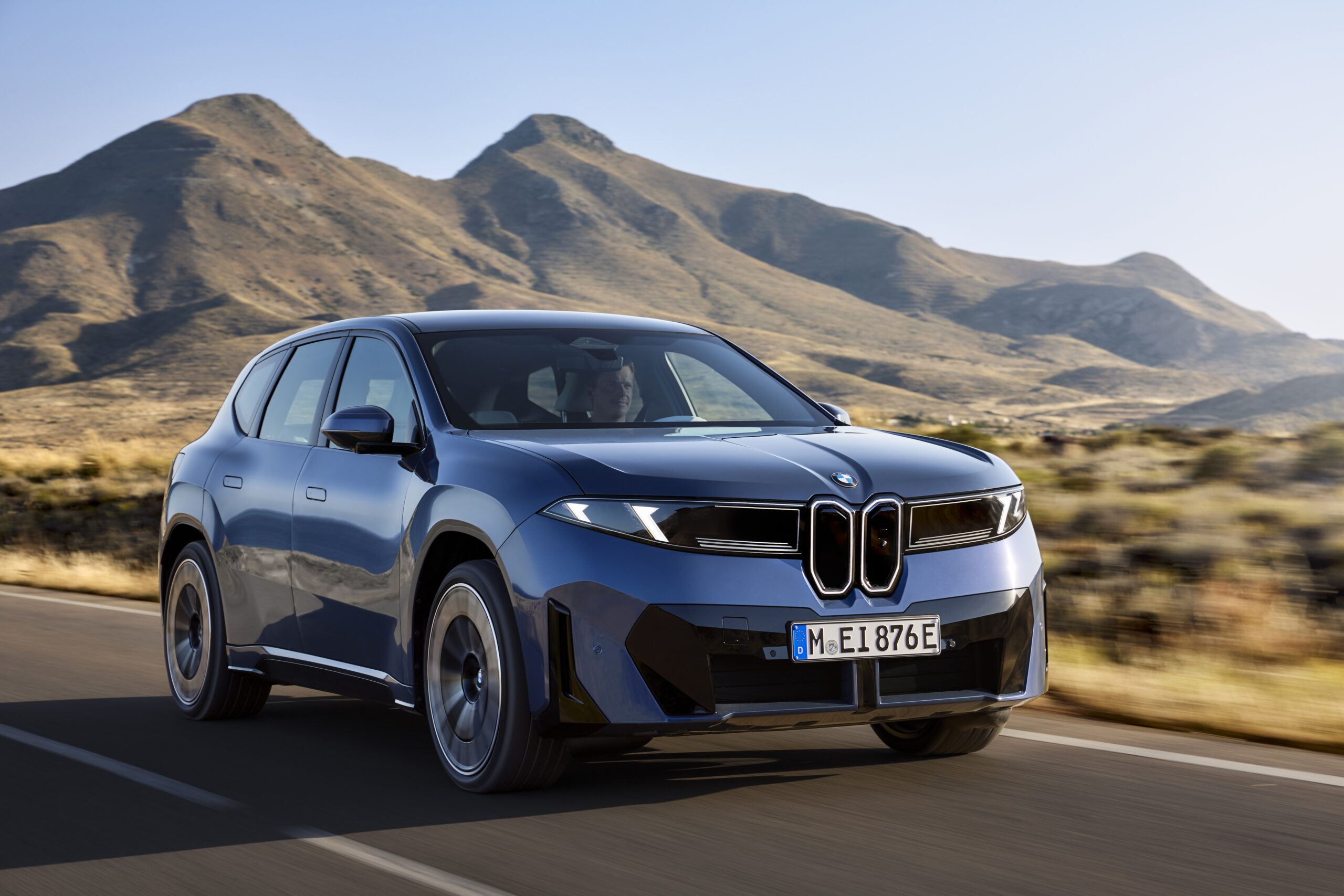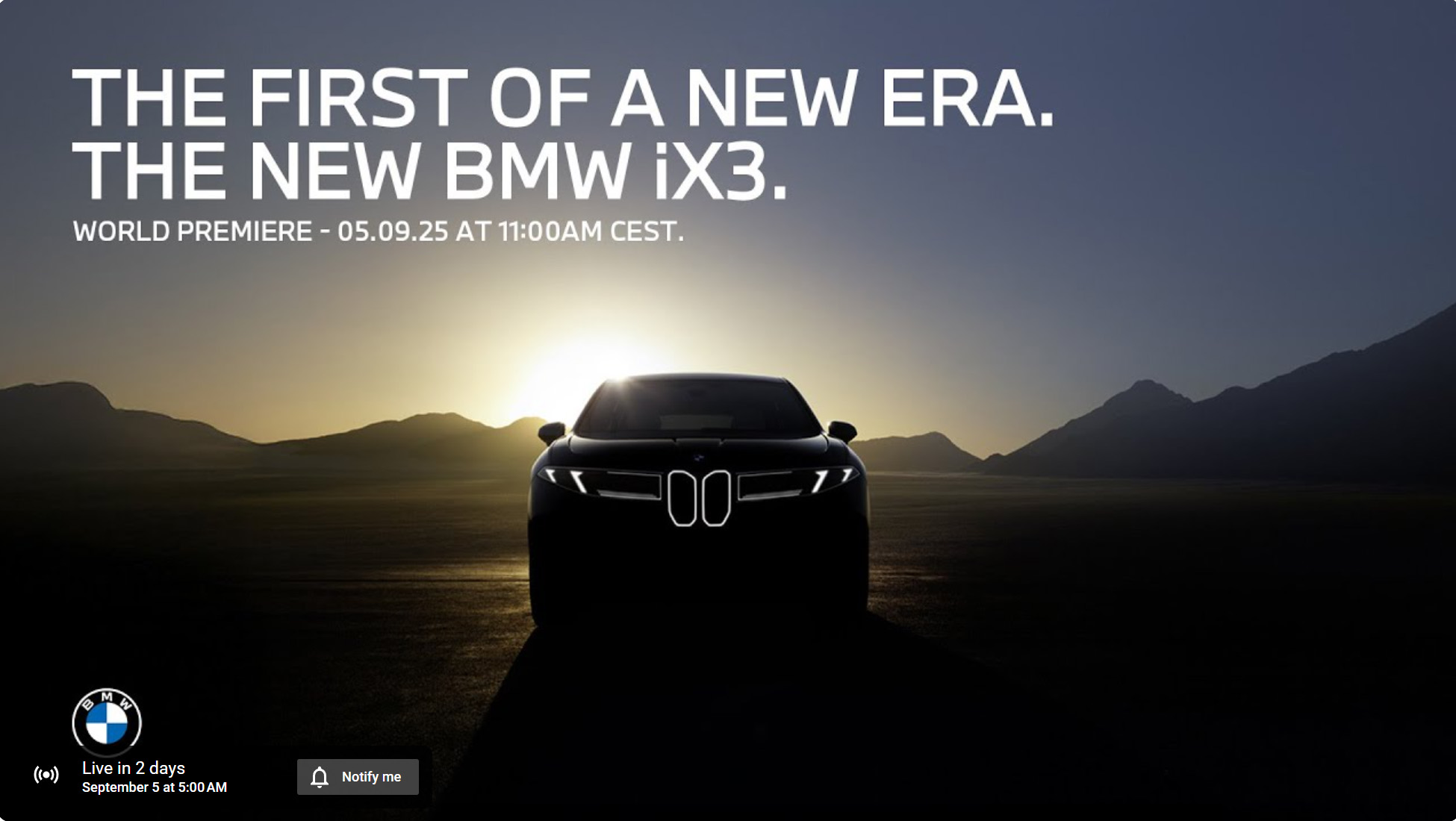I don’t think Walt Whitman had automotive mobility in mind, but lately that’s exactly what I’ve been thinking about because danged if it isn’t beginning to make sense, since as everybody knows, I am a speed-crazed delinquent American, which means that I want me some torque, Jackson! Never mind all those stratospheric horsepower numbers, it’s torque that gets the job done when you nail the gas pedal—well, the pedal, anyway—and there isn’t much that’s torquier than an electric motor, unless you stuff a steam engine under the hood.
Think about railroad locomotives: You probably grew up flattening pennies when a diesel-electric engine came by, but you probably never thought much about what made the the train go clickety-clack. The diesel part is just to crank out electricity from the generator, for the whole shebang rubs on electric motors.
Just like the BMW i3 and the new Mini SE.
The electric car is nothing new; it preceded the internal-combustion-powered auto by decades. But today’s offerings are a far cry from those available in the 1800s. You probably already know about BMW’s R&D in this regard, dating back to the 1972 electric 1600-2 meant to pace marathon runners at the Olympics. The electric road through Bimmerland takes us past the Vision Efficient Dynamics concept (which morphed into the i8, but with a gasoline engine instead of the three-cylinder diesel in addition to the electric motor).
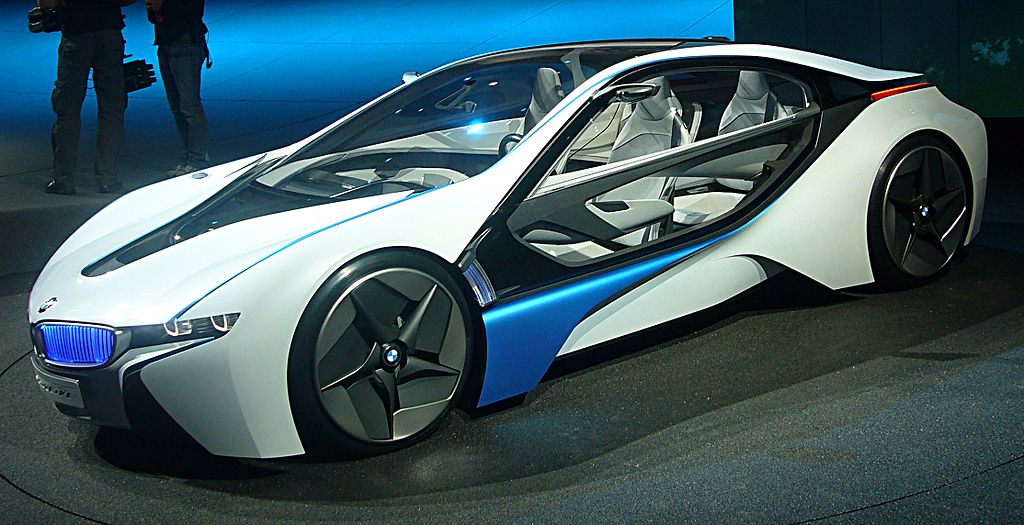
The Vision Efficient Dynamics concept eventually evolved into the i8.
The i8 was a hybrid-electric vehicle, not pure electric; BMW’s path to purity ran through massive research and development to find the perfect solution for an electric future in the crowded metropolises of the world: the Megacity car. Simply put, BMW’s studies determined that the vast majority of people need:
- A range of from 65 to 85 miles between charges
- Room for four human-size people and some stuff
- Advanced safety features.
Ah, but we’re BMW drivers, nicht wahr? And needs be damned, we have wants: We want something sporty and stylish; we want to get to where we’re going and back without breaking out into a sweat as the batteries run down. And we want—we demand—acceleration.
The i3 was, well, adequate in the acceleration department; you could certainly chase down the lowly Prius in season with 180 horsepower and nearly 200 pound-feet of twist. But jeez Louise, at an MSRP of about $48,000, it’s not exactly an entry-level purchase.
The Mini SE, or Mini Electric, comes with the same powertrain at just under $31,000—but federal and state tax credits bring that down to $21,500 in California, which is so reasonable that I was all set to go green and buy one, which shows you just how socially conscious I am. However, my situation is atypical: Unless I am off on a road trip, a typical week of driving might total 50 miles, and for those road trips I have a choice or roadsters or Party A’s Dinan 335i. So the Mini SE made perfect sense to me, with adequate acceleration for what it is: an urban/suburban driver.
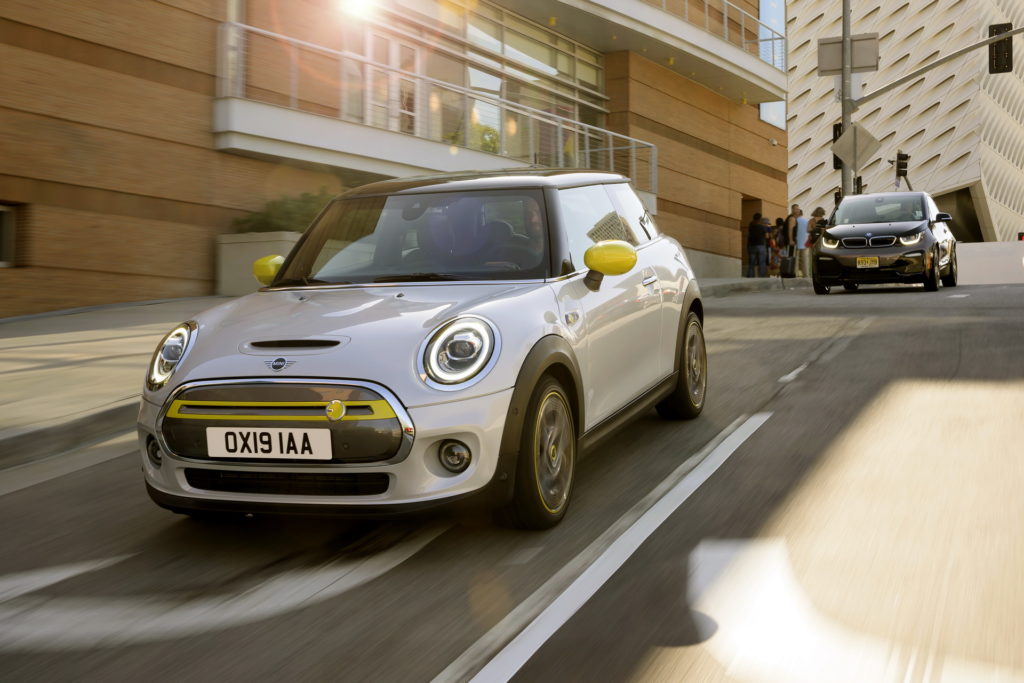
The Mini SE would fill the bill perfectly for me—except for road trips.
Back to those BMW values, then, beyond the basic needs: What if I want Tesla-style acceleration, Tesla-style range? For years, BMW has been teasing us with electric concepts, most with Next attached to their names, and promising a driverless future—except when we want to drive.
I say give us the damned electrics now and worry about that autonomous crap later.
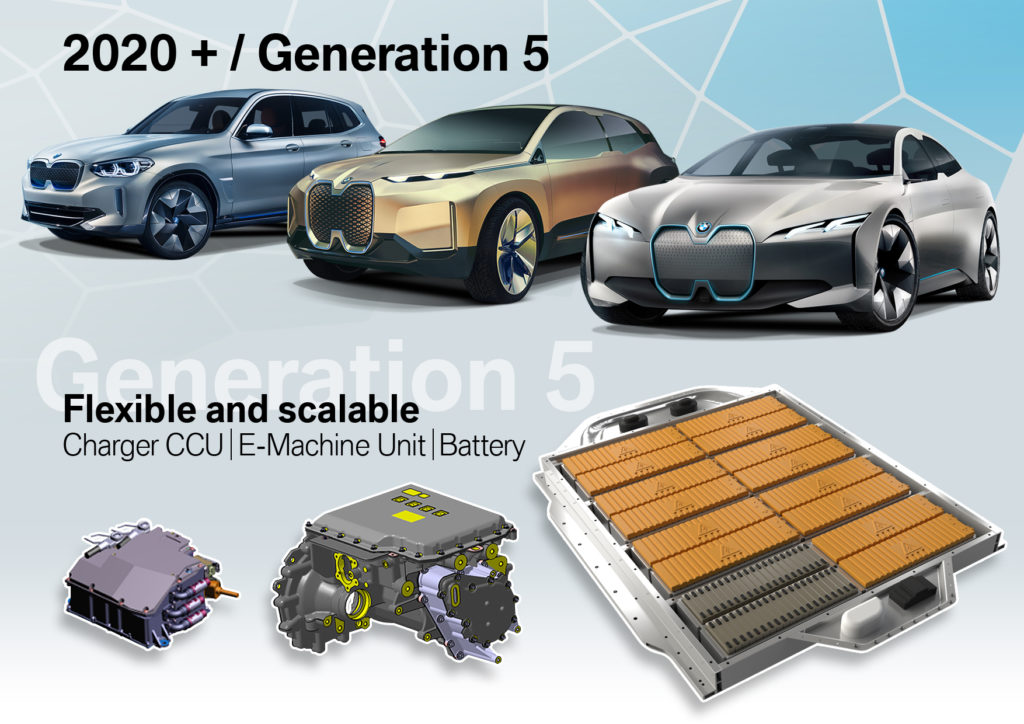
Promises, promises….
And BMW may be seeing the light—although it seems to be beaming from Stuttgart. Don Louv recently came through town on a road trip of his own, and he is fully committed to electric mobility, as they call it; he has been Roundel’s go-to guy on EVs for years, and itching for the company to get beyond its urban-utility phase to, you know, sports cars. Or maybe the sport sedan for which BMW has long been famous.
That should be coming next year with the introduction of the BMW i4, a 500-plus horsepower four-door with a driving range of more than 300 miles—and the all-wheel-drive performance that makes the Tesla such a rocket. In fact, that’s the car that Louv would have appeared in, had it been on a shorter timeline; but he needed an electric car now, and he needed all-wheel-drive because he unaccountably moved to Maine a year ago, and it seems that they have winter there.
And he needed something with, you know, some handling prowess along with those high-torque cojones, so he planned and plotted and schemed and scoured and wound up trading in his i8 and his X6 M for a black-on-black Porsche Taycan, a car about which I knew absolutely nothing except that it’s pronounced like Ticonderoga.
And it runs like a turpentined jackrabbit.
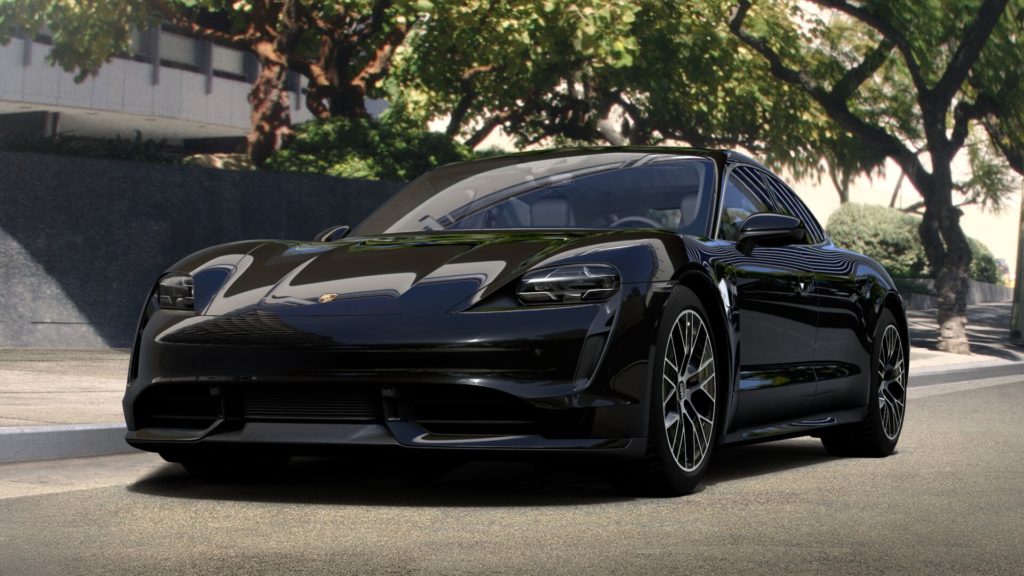
Get it, shut up, strap in, and hang on.
The price is in Tesla’s nosebleed territory, but apparently there are three Taycan models, the Taycan 4S, the Taycan Turbo—yeah, you know and I know that this is the dumbest name ever for a car that not only has no turbo but also has no engine to hang one on—and the Taycan Turbo S. The 4S, being the base model, has an MSRP of over $100,000, while the Turbo—Louv took the first one available—runs over $150,000, and the Turbo S starts Thirty Large beyond that and can quickly be optioned into Two Much territory.
If it were me, I think I’d have waited for the BMW i4—probably $50,000 or $60,000—and kept the i8, but I have to admit that the Porsche is crack-your-cervical-vertebrae fast: It will send you to the chiropractor with a zero-to-60 time of three seconds flat, I’m told, and that may be true, although I was being smooshed back in the seat so hard that I was in no shape to work a stopwatch. “The Tesla feels like a big American sedan,” says Louv, “maybe a Caprice. The Porsche feels… like a Porsche.”
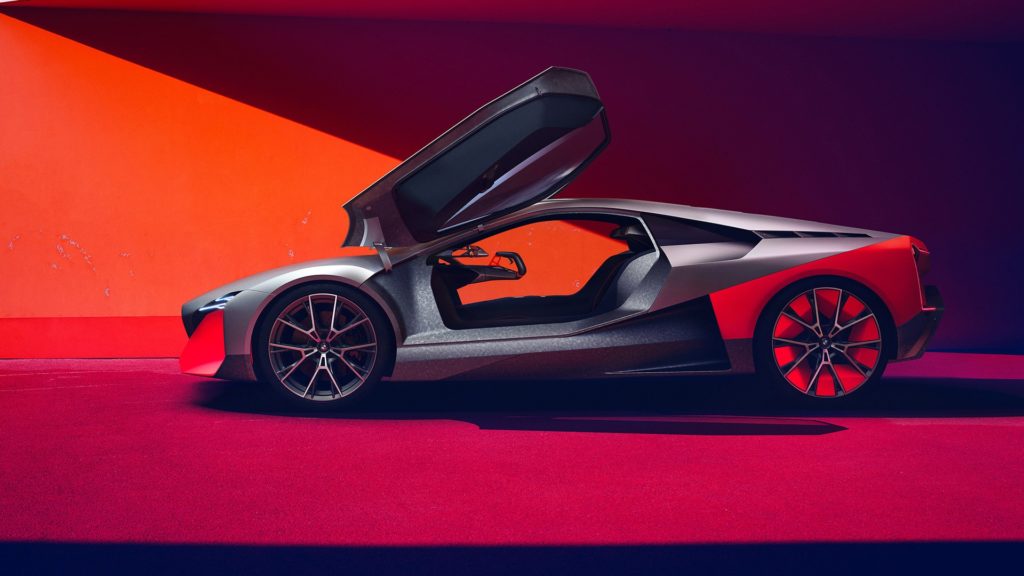
The M Next: but not next week.
In a revealing interview with AutoBlog’s Jens Meiners in 2019, BMW M boss Markus Flasch said, “In the past, we have had the era of launching turbocharging and all-wheel drive, and if we look forward, my years will be the era of the brand’s electrification.” By the end of the year, we had seen a possible M-car future in the M Next; it may look like a warmed-over Vector, but with BMW handling and ferocious power, it would certainly convince a few doubters that the electric future is not only here, but it’s as exciting as we were promised it would be. Get busy.—Satch Carlson.
[Photos courtesy BMW AG, Dr. Ing. h.c. F. Porsche AG.]

